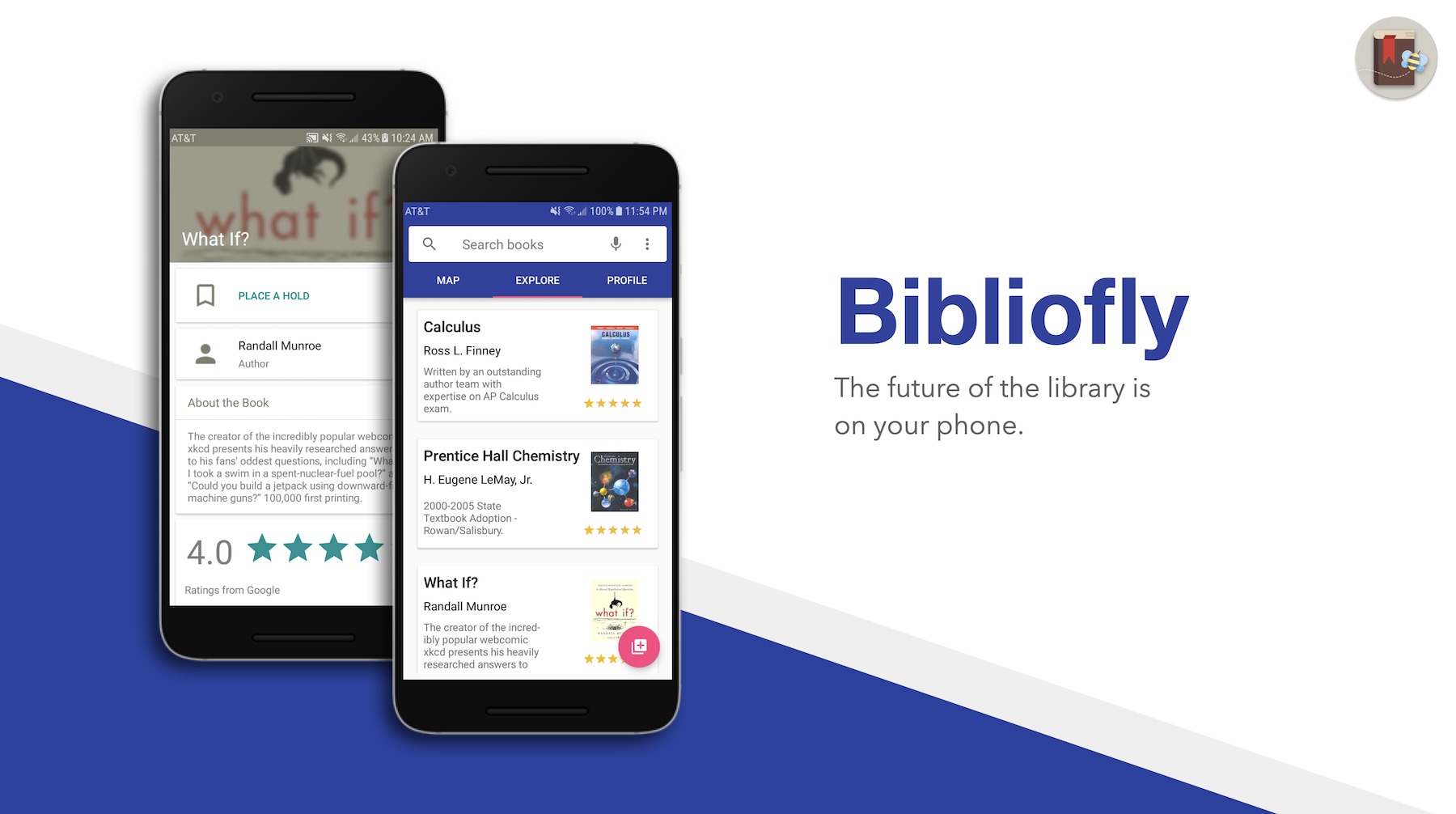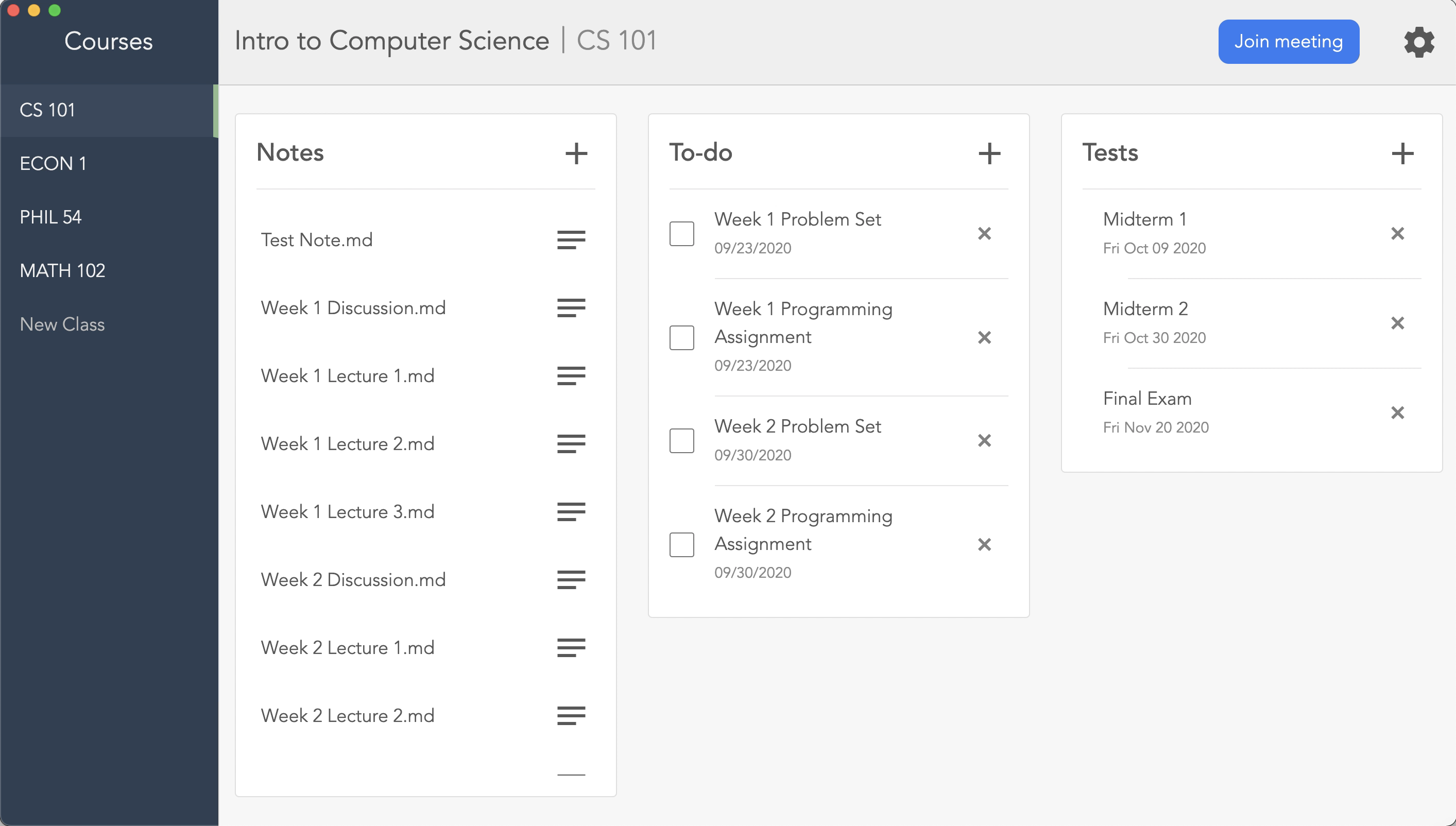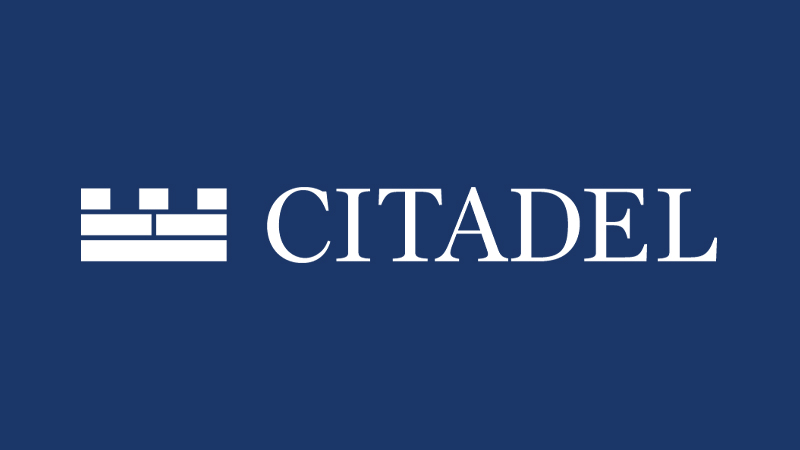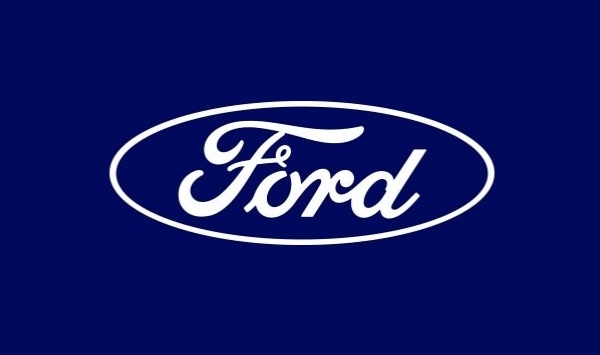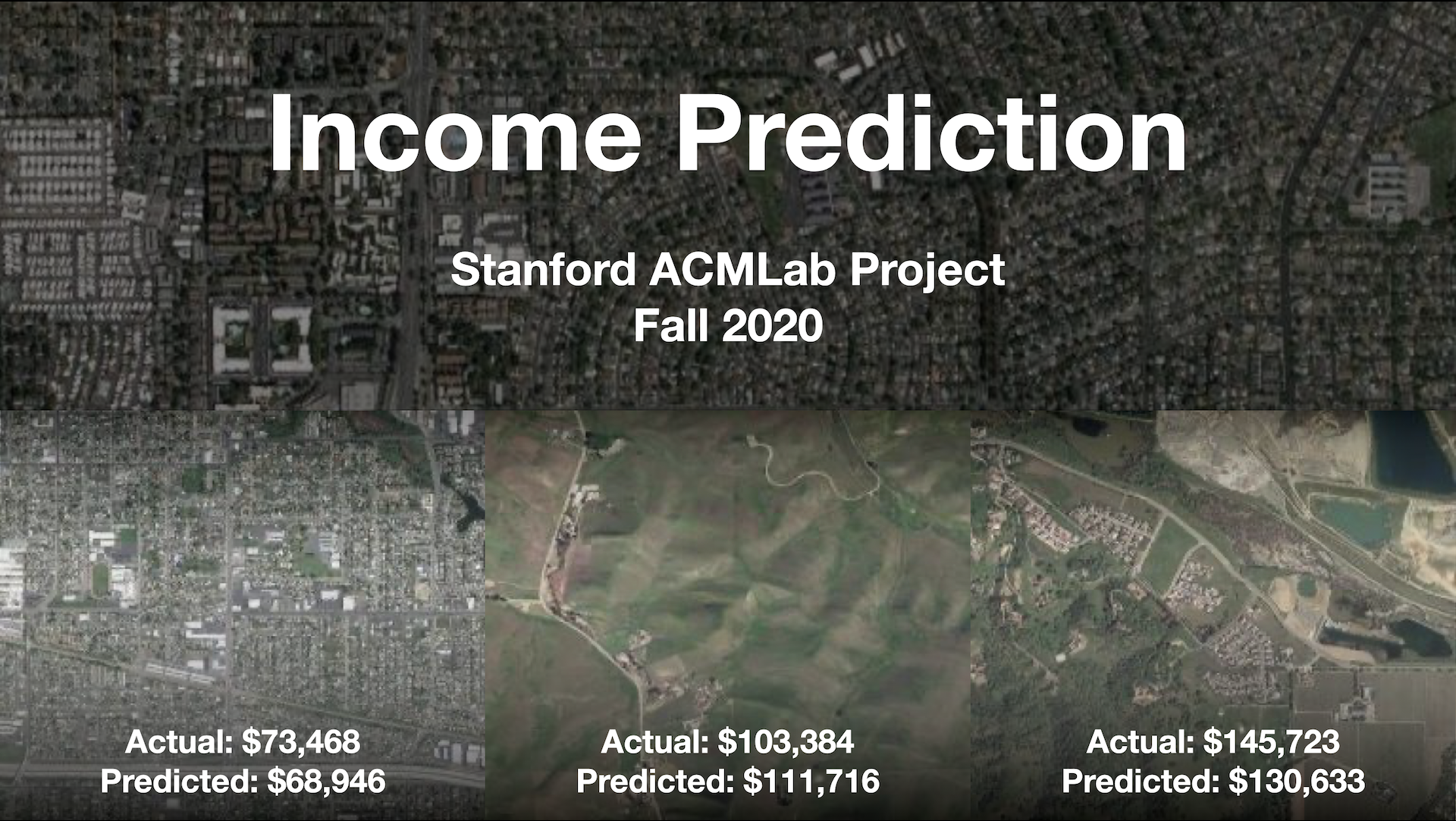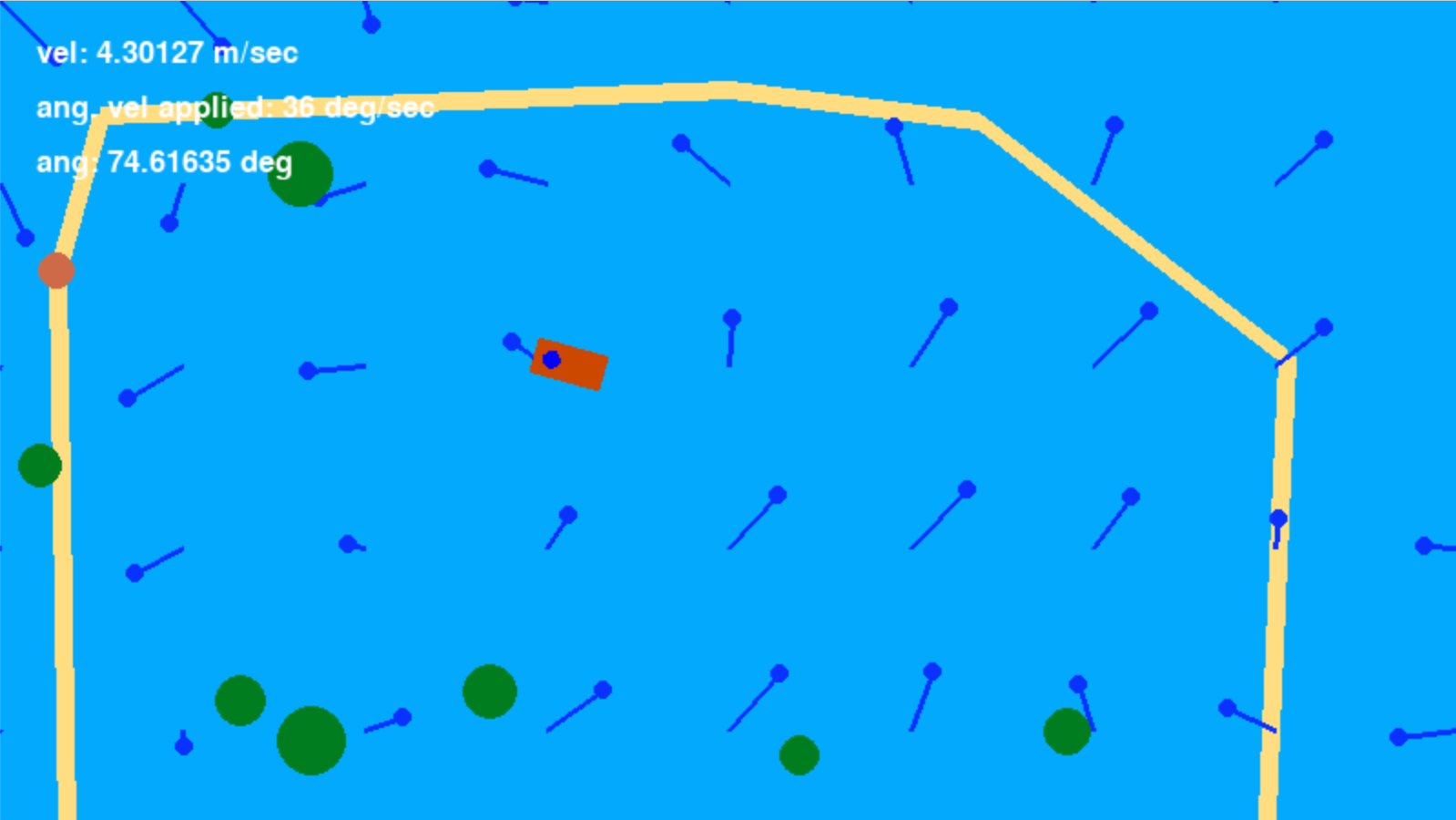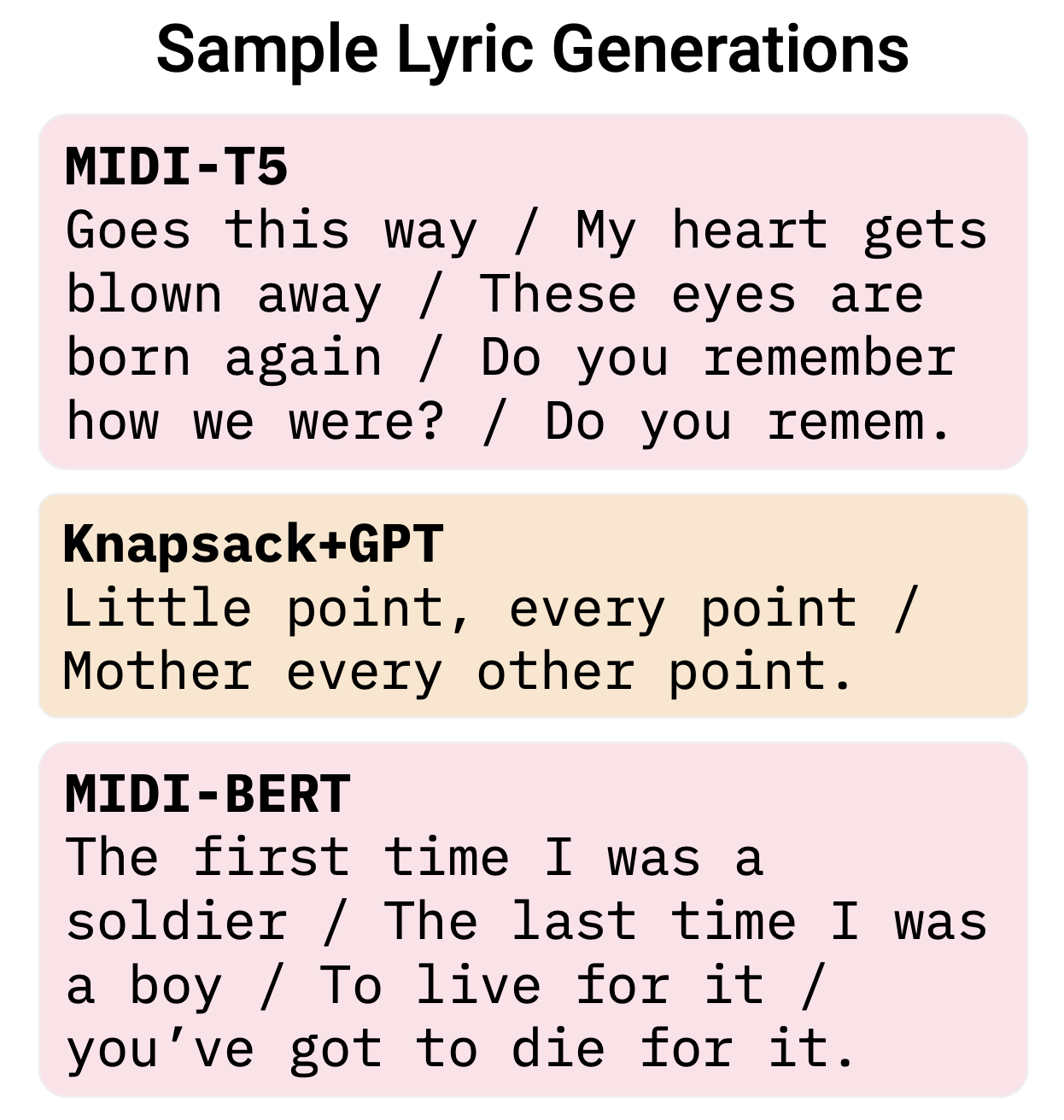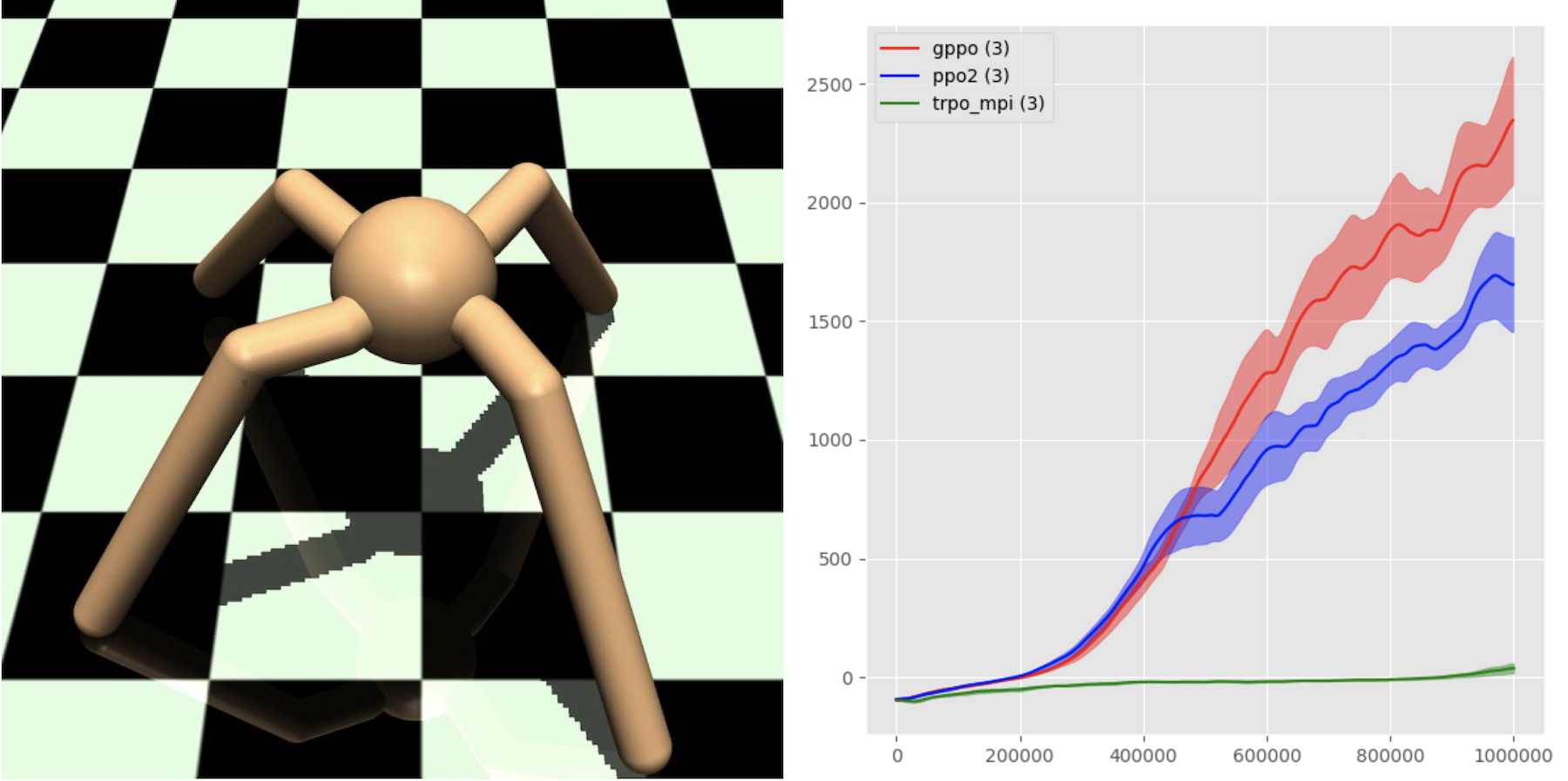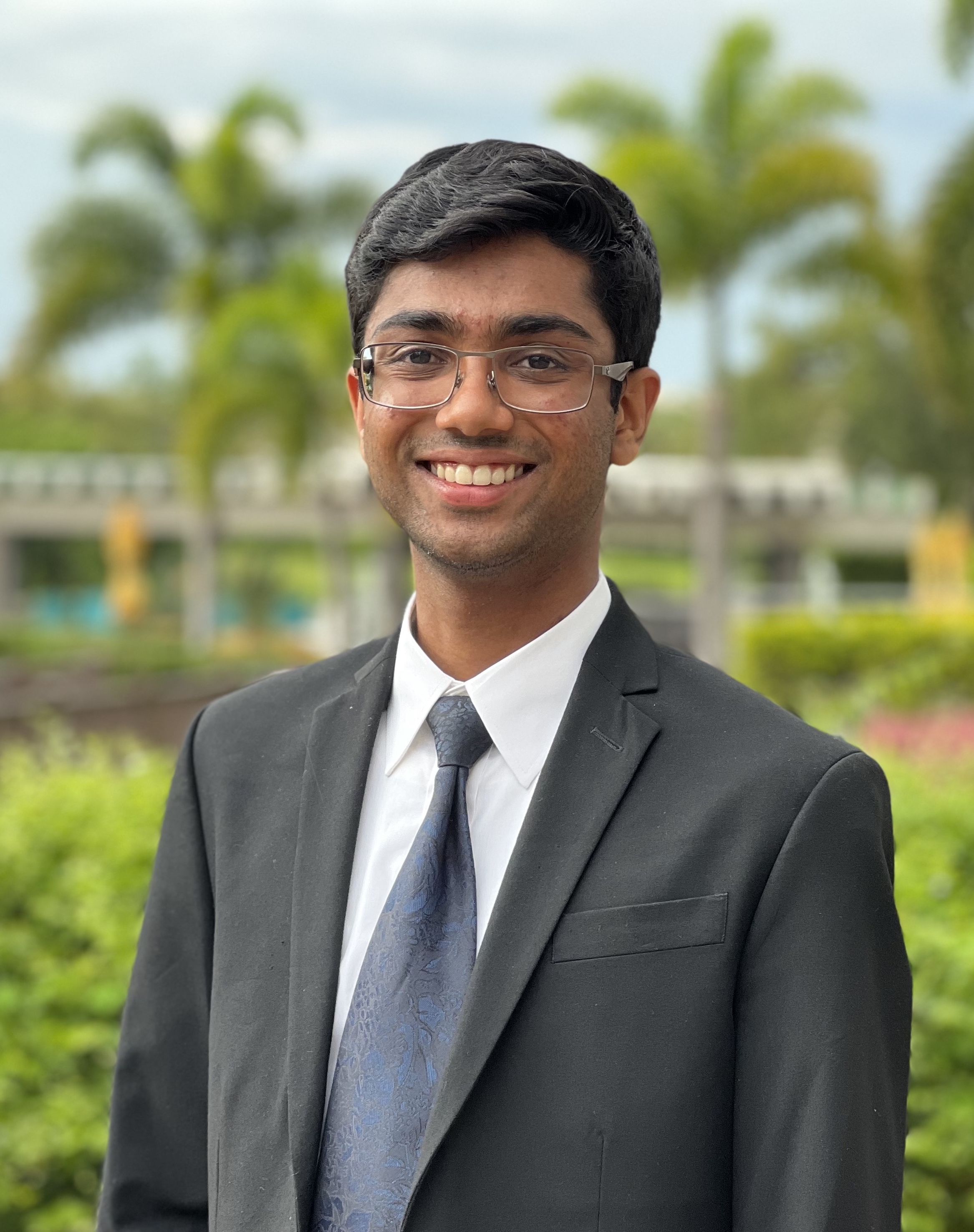
Tejas Narayanan
Resume | GitHub | LinkedIn | Email
Hi! I am a senior at Stanford University studying computer science (systems and machine learning) and psychology (minor). I've worked on AI research, created mobile apps, and competed in programming competitions.
In my free time, I love to take pictures of space, edit videos, and solve the Rubik's cube.
Check out my:
projects | experience | research |
coursework | astrophotography


